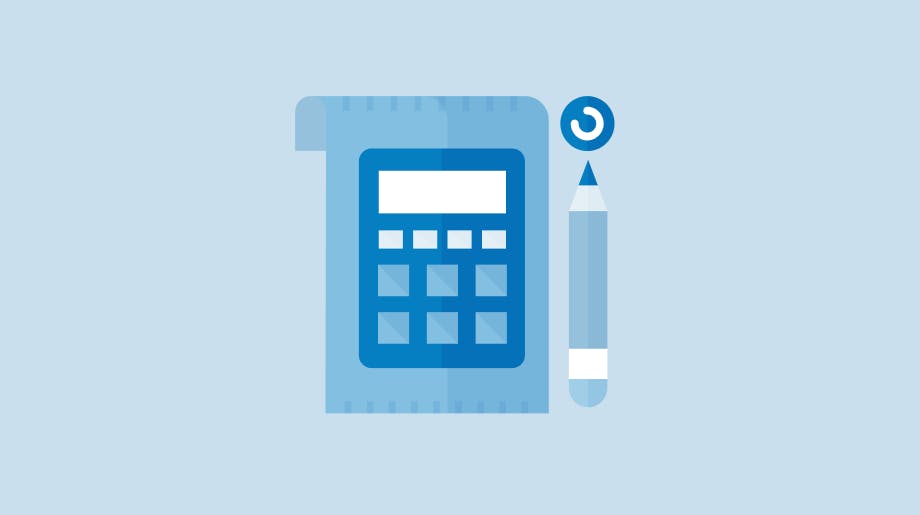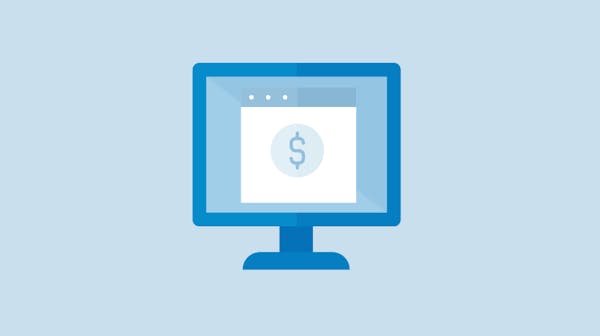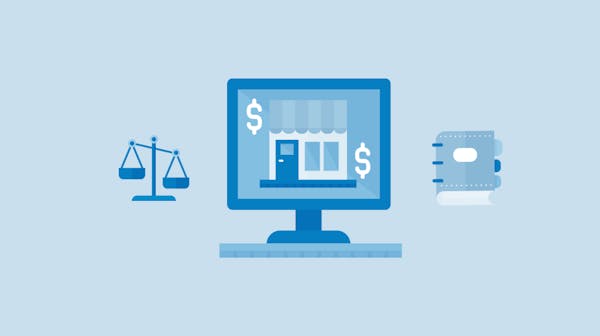As an entrepreneur, choosing the right payment terms for your invoices is about balancing your cash flow needs with client relations and industry practices. While typical invoice payment terms like Net 30 offer a standard approach, the secret lies in tailoring these terms to fit each unique business situation.
Understanding The Essentials of Typical Invoice Payment Terms
Why do savvy entrepreneurs place such importance on the payment terms they include in their invoices? These terms aren't just bureaucratic fine print; they are essential pillars supporting the structure of your cash flow. Knowing the ropes can make all the difference between a thriving business and one that's perpetually chasing payments.
Standard Payment Terms Explained
- Payment within 30, 60 and 90 days
Different typical invoice payment terms such as payment within 30, 60 and 90 days will affect your cash flow and working capital. Shorter terms, such as payment within 30 days, provide faster cash inflows, but may be less attractive to clients looking for more flexibility. Conversely, timeframes such as payment within 60 or 90 days offer clients more time, but can put a strain on your cash reserves. For example, a wholesale distributor may prefer to pay within 60 days to accommodate retailers' sales cycles while maintaining inventory turnover.
- Immediate Payment or "Upon Receipt"
To implement 'Upon Receipt' terms, start by explaining the benefits to your client, such as ensuring dedicated service or faster delivery. For existing clients, consider a phased approach where you introduce immediate payment terms over time, coupled with incentives such as discounts for the adjustment to the new terms.
- 2/10 Net 30
The 2/10 condition means that the customer can benefit from a 2% discount on the total amount if he makes payment within 10 days. If he chooses not to take advantage of this discount, he is expected to pay the full amount within 30 days without any discount. This payment term is used as an incentive for the buyer to pay faster, which helps the seller improve cash flow.
- Staging Payments for Larger Projects
For large projects, structuring staggered invoice payment terms can keep momentum. When staging payments, consider aligning payment milestones with project phases. For example, charge 30% upfront, 30% after the first phase, and the remaining 40% upon completion. This approach ensures a continuous cash stream while keeping the client invested in the project's progress.
Deciding Which Payment Terms to Use
- Assessing your cash flow needs
Every business operates on its own rhythm. Analyzing your cash flow patterns reveals insights into what terms will enhance liquidity without alienating customers.
- Evaluating client relationships and industry standards
When setting payment terms, consider your client's payment history and typical industry timelines. For example, a client with a reliable payment record may warrant more flexible terms, while new clients or industries prone to late payments may need stricter conditions.
- Adjusting terms for different clients or projects
Adjusting payment and business terms for different clients or projects is an important strategy that can bring significant benefits to your business. This flexibility allows you to better respond to your clients' specific needs and expectations, while protecting your financial interests and ensuring a smooth flow of funds.
Implementing Your Payment Terms Effectively
- Clear communication of terms with clients
Avoiding misunderstandings in stating your invoice payment terms can help maintain relationships and ensure timely payments. We'll discuss ensuring that your terms are as clear as day right from the start.
- Using invoicing software to enforce terms
Automatic payment reminders, the ability to add late fees, and options to customize terms for each invoice or client are just some of the features that can help streamline your invoicing process.
- Penalties and incentives for early or late payments
To encourage prompt payment—or cushion the blow of a delayed one—penalties and incentives enter the equation.
Legal Considerations and Enforcement
- Ensuring your terms comply with local laws
Before finalizing your typical invoice payment terms, it's crucial to ensure they're compliant with local laws and regulations. Are your terms enforceable, or could they leave you exposed?
- Measures to take when a payment is overdue
When a payment is overdue, first send a polite payment reminder. If there's no response, follow up with a phone call to inquire about the delay. Review your contract for any agreed-upon late payment terms and consider their enforcement. Document all communications for potential future reference.
- When to seek professional help for debt collection
There comes a point when chasing a delinquent payment exceeds the resources at hand. Understanding when and how to bring in the professionals could save you time and money.
Take advantage of InvoiceOnline, which allows you to create secure, compliant invoices online in minutes, with no registration required and a free trial - ensuring you're always on the right side of the law.




